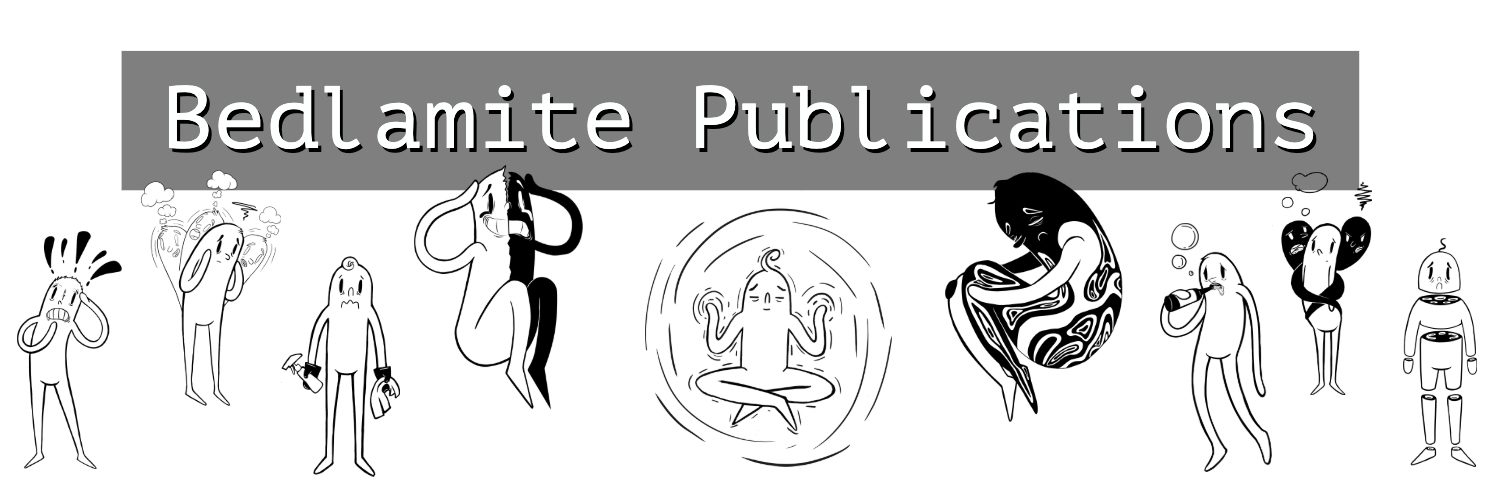High-functioning depression is similar to a major depression disorder, but the signs and symptoms are less severe. While you may be able to maintain a job or go to school, you’ll go about these daily activities with a low mood.
Throughout this article, we’re going to take a deeper look at the signs and symptoms of high-functioning depression.
High-Functioning Depression Defined
High-functioning depression – better known as persistent depressive disorder (PDD) – is a mental health condition where someone experiences less severe symptoms of depression. In turn, they’re able to function normally (i.e. go to work, school, etc.), but struggle with a low mood throughout daily activities. ¹
It’s difficult to detect PDD as most people won’t show the signs of depression. However, someone with PDD must be treated as soon as possible because symptoms can lead to severe depression.
Symptoms of High-Functioning Depression
Symptoms of PDD are similar to those found in a major depressive disorder and include:
- Decreased appetite or overeating
- Difficulty concentrating
- Fatigue (lack of energy)
- Feeling sad and hopeless
- Indecisive
- Lack of self-esteem
- Over- or under-sleeping (insomnia)
While these symptoms aren’t overbearing, they can make it difficult to fully function throughout day-to-day activities. For example, you may feel fatigued while you get your work done.
Diagnosis of High-Functioning Depression
To diagnose with PDD, you must meet the following requirements set by the Diagnostic and Statistical Manual of Mental Disorders (DSM-5): ²
- Feeling a depressed mood characterized by the symptoms (mentioned above) on most days for at least two years without any relief for more than two months.
- Never experienced periods of mania or hypomania, as seen in bipolar disorder.
- Depression symptoms are not explained by another mental illness (such as a substance abuse disorder) or a medical condition.
- You experience some impairment through your depressed symptoms that affect normal functioning.
It’s worth noting that people with PDD may also meet the criteria for a major depressive disorder. Still, both conditions are remedied similarly.

What Does it Feel Like to Have High-Functioning Depression?
If you struggle with PDD, you may experience the following:
- Most of the time, you feel a little down. While other people may notice, they see you more as a “downer” than depressed.
- It’s impossible to shake off your low mood. It’s always around and you feel like you may never experience relief. You may also feel brief moments of happiness.
- You’re constantly tired, either getting too much or too little sleep.
- You have enough energy to do what is necessary (i.e. get work done), but not enough to participate in activities you may enjoy.
- You often feel bad about yourself, as though you’re unworthy.
- Certain necessary activities (i.e. cleaning the house) feel like they require monumental effort.
- You have trouble with your weight (either gaining or losing it without purpose).
- You have difficulty focusing on difficult tasks, even under required circumstances (i.e. school, work).
- You’d rather withdraw from social activities than engage in them.
Furthermore, PDD may promote other illnesses that seem unrelated. For example, someone with PDD is more prone to a substance abuse disorder or struggling with chronic pain.
High-Functioning Depression Treatment
Even though PDD isn’t as intense as major depression, it can still cause a reduction in the enjoyment of life. For this reason, it’s in your best interest to work towards overcoming that low mood and bettering yourself.
PDD treatment usually involves a combination of medication and psychotherapy.
The most commonly used medications are antidepressants which can temporarily lift your mood. However, these can cause severe side effects, such as addiction. In turn, some may prefer seeking out how to treat depression without meds.
Psychotherapies are then used to help you identify negative thought processes, address past traumas, and work towards developing positive thought processes. The most commonly used of these is cognitive behavioral therapy (CBT).
Final Word
While high-functioning depression may not ruin your life, it’s worth seeking out professional help for. Through treatment, you’ll be able to overcome PDD symptoms and work towards living a more fulfilling life. Furthermore, it’s the best way to ensure your PDD doesn’t develop into a major depressive disorder.
References
¹ Persistent depressive disorder (dysthymic disorder). U.S. Department of Health and Human Services; [cited 2024 Apr 27]. Available from: https://www.nimh.nih.gov/health/statistics/persistent-depressive-disorder-dysthymic-disorder
² Patel RK. Persistent depressive disorder. U.S. National Library of Medicine; 2023 [cited 2024 Apr 27]. Available from: https://www.ncbi.nlm.nih.gov/books/NBK541052/
³ Maleki N, Oscar-Berman M. Chronic Pain in Relation to Depressive Disorders and Alcohol Abuse. Brain Sci. 2020 Nov 7;10(11):826. doi: 10.3390/brainsci10110826. PMID: 33171755; PMCID: PMC7694991.

